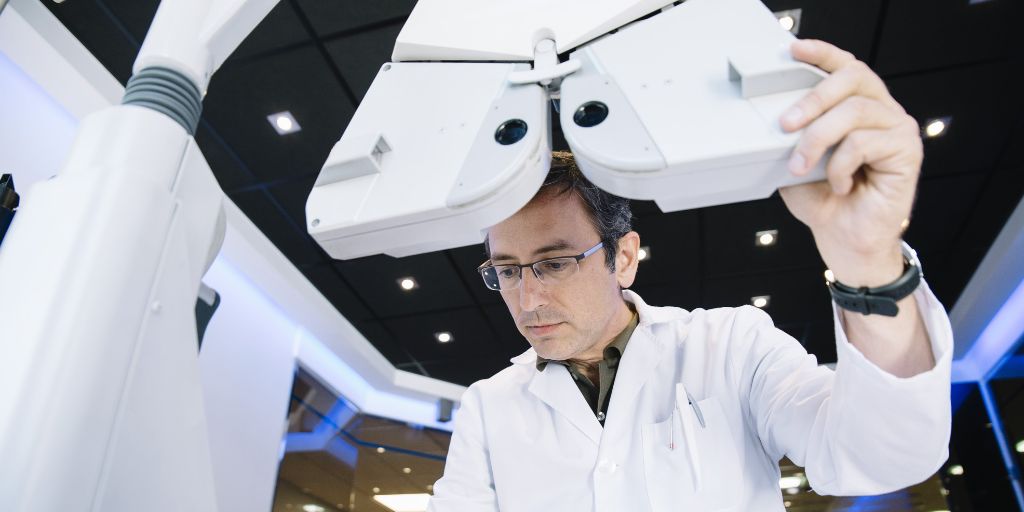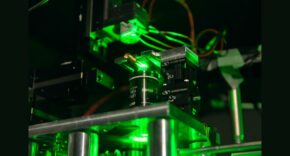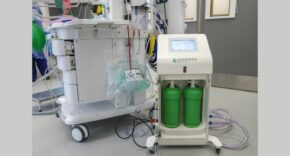
-
Power supplies expert explains, “Many healthcare facilities are not designed with the power requirements to function effectively in a medical landscape that is becoming increasingly digital and automated.”
-
With more hospitals embracing robotic surgery to address patient backlogs and improve outcomes, infrastructure accessibility is becoming an issue that needs to be resolved, warns expert.
-
Commentary also explores how surgical robotics require highly reliable, uninterrupted, medical-grade power to function safely, making power stability a critical but often overlooked issue.
Robotic surgery is one of the most significant advancements in modern healthcare. Recent media coverage has highlighted its potential to improve patient outcomes and forecast a future where AI-assisted procedures consistently deliver greater precision and reliability.
Yet, one critical element remains largely overlooked: whether the current infrastructure in healthcare facilities has the power requirements necessary to support this transformation.
Shravan Govindaraj, Product Marketing Manager at XP Power, delves into this phenomenon further to explain why power is so essential to surgical robotics.
Can infrastructure keep up?
With more hospitals embracing robotic surgery to address patient backlogs and improve outcomes, infrastructure accessibility is becoming an issue that needs to be resolved. Many healthcare facilities are not designed with the power requirements to function effectively in a medical landscape that is becoming increasingly digital and automated.
Recently, a plan was announced by the NHS, aiming to boost the annual volume of robot-assisted procedures from around 70,000 to 500,000 by 2035, to achieve 90% of all keyhole surgeries. With the constant threat of growing waiting lists looming, this strategy is designed to utilise surgical robots for all medical emergency procedures, making robotics the standard in operating theatres.
Although these aims are ambitious, it’s important to understand that achieving this transformation will need a massive amount of investment, which goes beyond just buying robots, but making sure that there is staff training, updated power systems, and operating theatres, as well as the right infrastructure.
Surgical robotic systems require a highly reliable power source with specific voltage and current parameters, delivered efficiently and consistently throughout the whole procedure. Power lapses or delays can pose severe risks as systems become advanced and reliant on power. As operating theatres increasingly embrace digital technologies, they need to make sure that their infrastructure is stable enough to support it – for now and for future surgeries.
Power in robotic surgery
Although the main focal points of attention have been on AI surgery or the mechanical precision of robotics, it’s worth noting that a single power failure can halt this progress and undermine the system. Unlike traditional surgery, robotic systems depend on an integrated network of motors, processors, and imaging systems, which all require reliable medical-grade power.
In environments where the life of the patient hangs in the balance, a power loss for even a moment can have dire consequences. Power stability isn’t just an option, it’s a necessity.
Matching the demands of surgical robotics
To match the demands of surgical robotics, power systems must be designed with programmable parameters to ensure precise power delivery and reduced electromagnetic emissions to prevent interference with nearby electronics. High power density is necessary to enable compact system designs without sacrificing performance. Medical-grade certifications such as IEC 60601-1, help ensure that patients and clinical staff alike are protected from electrical faults.
Also, power structures must be fault-tolerant and redundant so that even if one part of the system fails, the other parts can continue working without delay. These features aren’t just luxuries – they are foundational requirements for safety and consistency.
Power stability is the key to surgical success
Digital transformation in the medical world isn’t slowing down by any means, but as AI begins to take the stage in care delivery, the dialogue needs to revolve around the underlying systems that make these technologies work effectively, as well as talking about mechanical capability. As hospitals and health departments continue to invest in robotics, the same level of attention must be paid to the electrical backbones that hold them upright.
In this future of high tech medicine, power isn’t just about electrical wires, it’s about making sure that medical facilities are updated enough to meet these demands.











